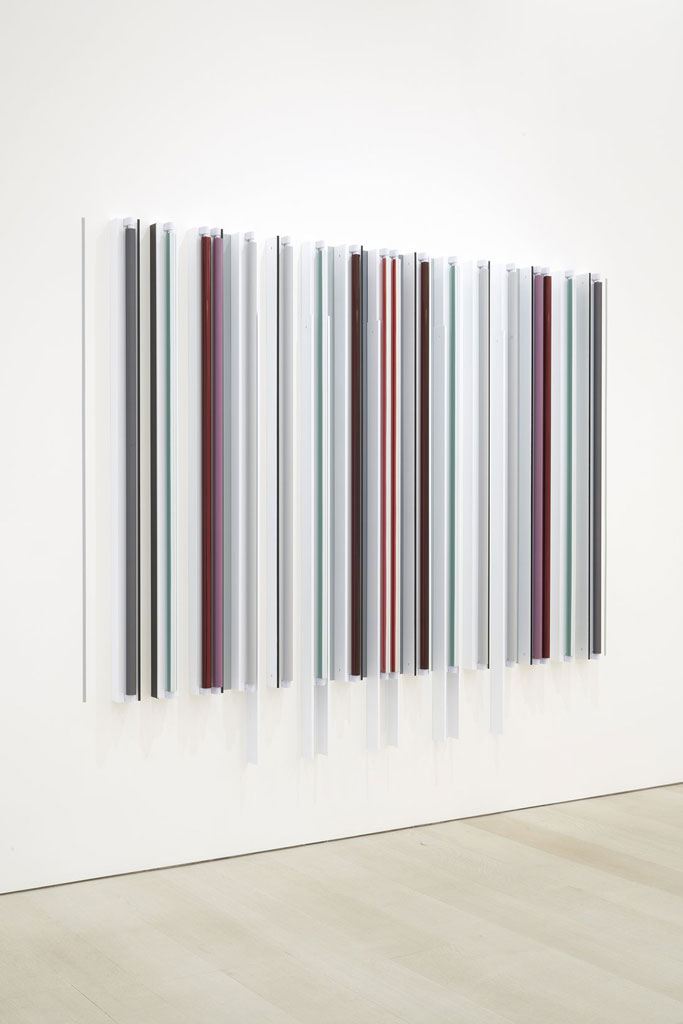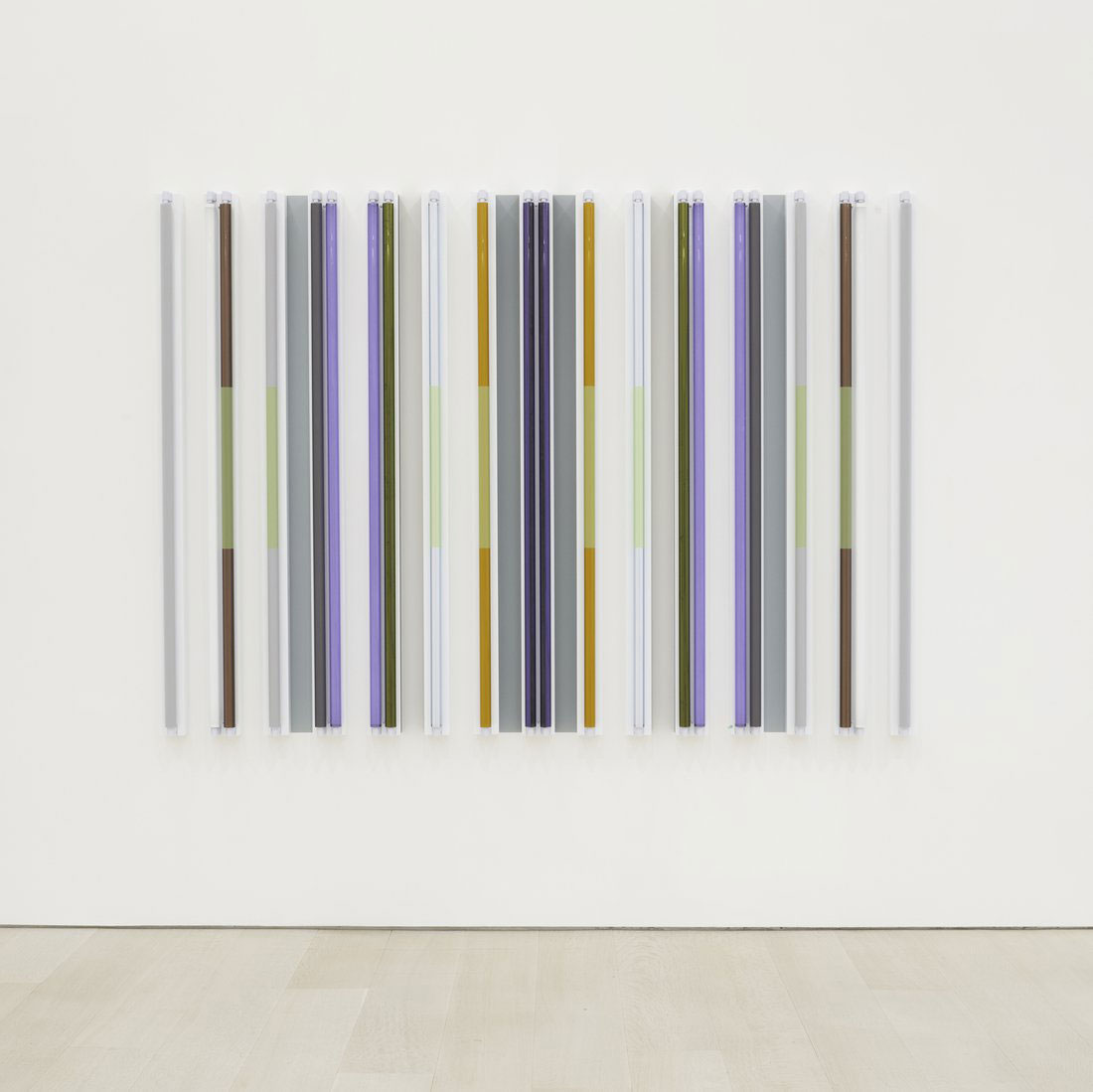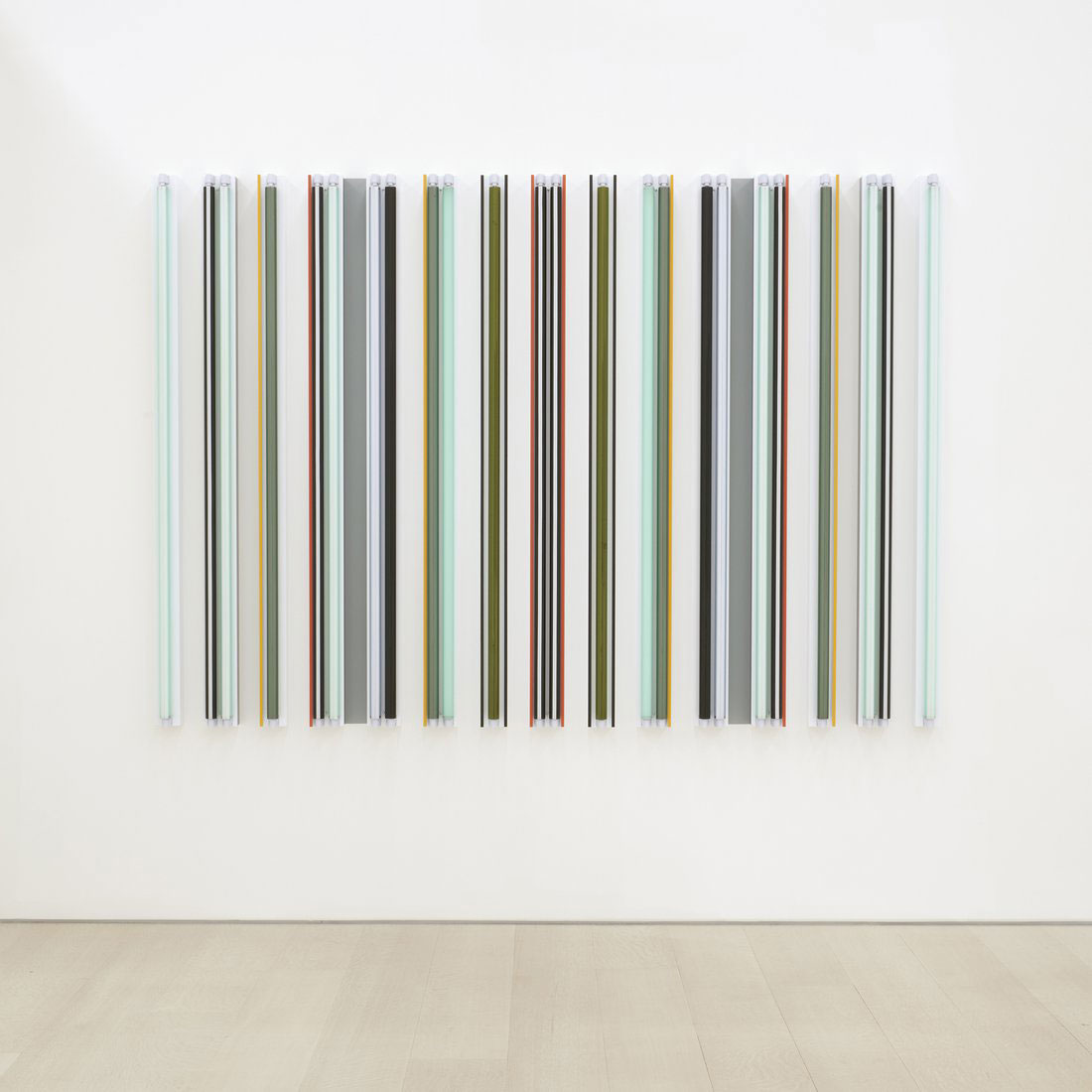ART CITIES:N.York-Robert Irwin
 Robert Irwin has explored perception as the fundamental issue of art for over six decades. Irwin, who began his career as a painter in the 1950s and became the pioneer of the L.A.-based “Light and Space” movement in the 1960s, has, through a continual breaking down of the frame, come to regard the role of art as “conditional,” or something that works in and responds to the specific surrounding world of experience.
Robert Irwin has explored perception as the fundamental issue of art for over six decades. Irwin, who began his career as a painter in the 1950s and became the pioneer of the L.A.-based “Light and Space” movement in the 1960s, has, through a continual breaking down of the frame, come to regard the role of art as “conditional,” or something that works in and responds to the specific surrounding world of experience.
By Efi Michalarou
Photo: Pace Gallery Archive

Robert Irwin first used fluorescent lights as substrates for producing what he has called a “conditional art” in the 1970s. In the 1990s he introduced colored gels to the fluorescent tubes to alter the chromaticism of the light, and, over the past decade, began isolating the bulbs and fixtures as sculptural objects in their own right. In returning to the use of solely ambient light, Irwin’s new sculptures embody the culmination of seven decades of rigorous experimentation. Robert Irwin’s work has continually reshaped the boundaries of what art can be. His solo exhibition “Unlights” brings together eight new sculptural works that harken back to his innovative experiments of the 1960s while further expanding an influential, lifelong inquiry into the fundamental conditions of human perception: what Irwin has called the “seemingly infinitely textured field of our presence in the world”. Irwin’s new works are composed from unlit six-foot fluorescent lights mounted to fixtures and installed in vertical rows directly on the wall. The glass tubes are covered in layers of opulently colored translucent gels and thin strips of electrical tape, allowing the reflective surfaces of unlit glass and anodized aluminum to interact with ambient illumination in the surrounding space and produce shifting patterns of shadow and chromatic tonality. Reflecting his recent turn toward the perceptual possibilities of unlit bulbs, Irwin’s new body of work expands the range of possibilities for how we experience sensations of rhythm, pulsation, expansion and intensity, while continuing the artist’s long-standing interest in registering the immediacy of our own presence in space. Expanding from his breakthrough disc paintings of the late 1960s, Irwin’s new works effectively dissolve the perceived border between object and environment, focusing the viewer’s consciousness on the act of perception. Each light fixture in Irwin’s sculptures contains one or two unlit bulbs or no bulb at all, while alternating gaps of the empty wall are painted in subtle shades of gray, producing a sense of uncertainty about what is tactile and what is merely optical. As the shadowed, painted and reflected intervals of space reverberate in the viewer’s visual field, the wall itself enters the composition, destabilizing any sense of figure and ground. To encounter Irwin’s sculptures is thus to allow oneself to be caught in a ceaseless oscillation between flatness and volume, transparency and opacity, solidity and atmosphere.
Info: Pace Gallery, 540 West 25th Street, New York, Duration: 17/1-22/2/20, Days & Hours: Tue-Sat 10:00-18:00, www.pacegallery.com


